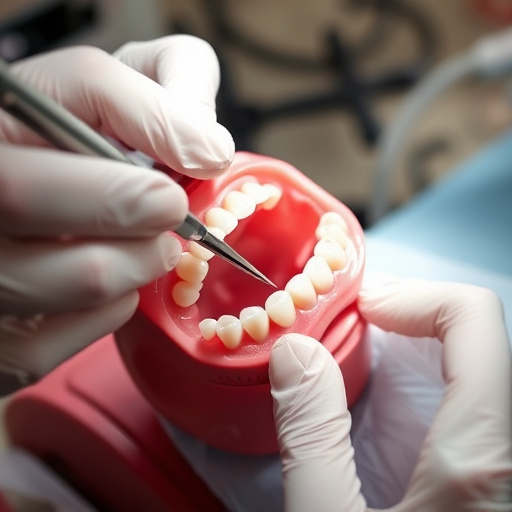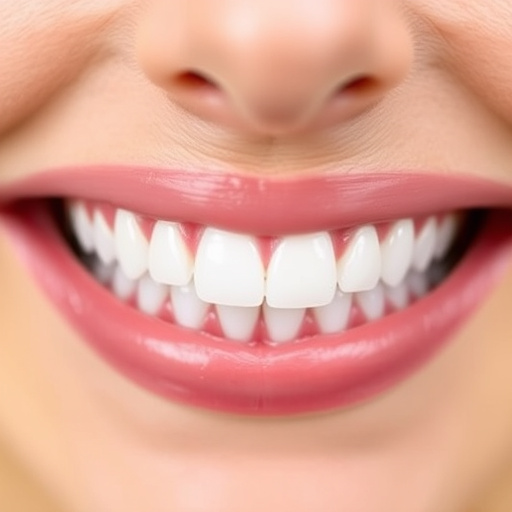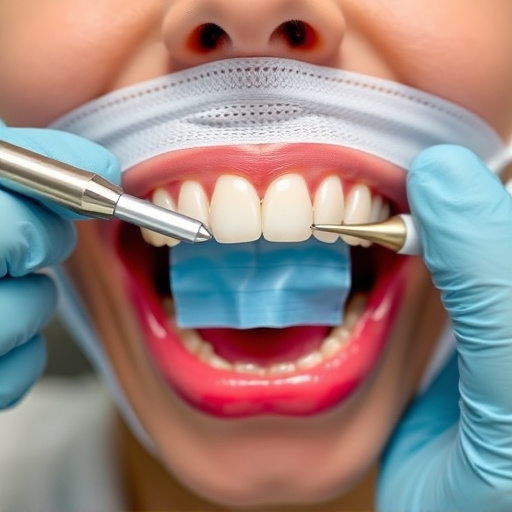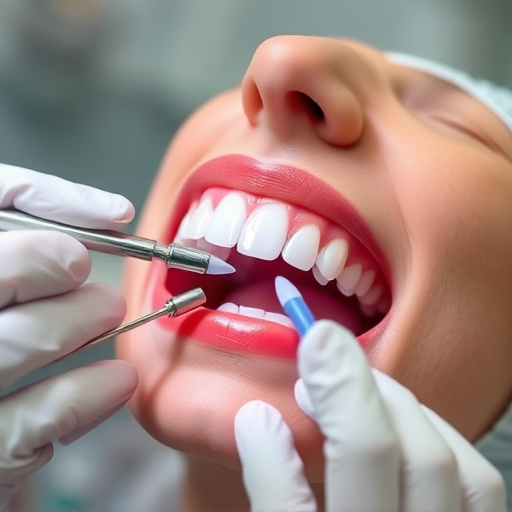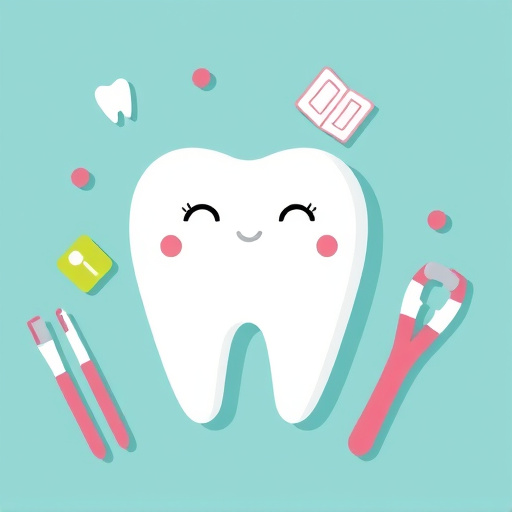Occlusal adjustment is a precise dental procedure that corrects tooth alignment and bite, addressing misalignments causing jaw pain, headaches, accelerated tooth wear, and increased decay risk. This process involves detailed examination, specialized tool adjustments to biting surfaces, and sometimes restorative techniques like crowns or fillings. Early correction through occlusal adjustment prevents escalated oral health issues, promotes better chewing and speaking comfort, and can set a path for lifelong proper jaw alignment in children.
Occlusal adjustment, a precise dental procedure, revolutionizes bite alignment and jaw relationships. This article delves into the transformative power of occlusal correction, elucidating its pivotal role in alleviating oral health issues stemming from misaligned jaws. From understanding the fundamentals to exploring practical techniques, we guide you through the process. By the end, you’ll grasp how occlusal adjustment can restore harmony, enhancing both oral well-being and daily life quality.
- Understanding Occlusal Adjustment and Its Role in Bite Correction
- The Impact of Improper Jaw Alignment on Oral Health and Daily Life
- Step-by-Step Guide to Effective Occlusal Adjustment Techniques
Understanding Occlusal Adjustment and Its Role in Bite Correction

Occlusal adjustment refers to a specialized dental procedure designed to correct the way teeth fit together, known as occlusion. It plays a pivotal role in bite correction, ensuring that your upper and lower teeth align seamlessly during chewing and speaking. This process involves precise adjustments to the biting surfaces of teeth, often achieved through methods like grinding or reshaping.
By addressing misalignments, occlusal adjustment can alleviate various dental issues, including jaw pain, headaches, and even wear on tooth enamel. It’s a fundamental step in enhancing overall oral health and functionality. In some cases, it may be combined with procedures such as dental crowns or cosmetic fillings to restore teeth that have been damaged or weakened due to misalignment, promoting not only bite correction but also improved tooth repair and long-term stability.
The Impact of Improper Jaw Alignment on Oral Health and Daily Life

Improper jaw alignment, often a result of misaligned teeth or bite issues, can significantly impact oral health and daily life. When the jaws don’t align correctly, it puts excessive strain on certain teeth, leading to accelerated wear and increased risk of decay. This misalignment can also cause muscle tension and headaches, as the temporomandibular joint (TMJ) is forced to work under unnatural pressure. Over time, this can result in chronic facial pain and even difficulty chewing or speaking comfortably.
Moreover, poor occlusal adjustment often contributes to uneven dental wear, which may require more extensive restorative procedures such as cosmetic fillings, dental fillings, or even dental crowns to correct. By addressing misalignments through occlusal adjustment, individuals can prevent these issues from escalating, promoting better oral health and enhancing overall quality of life.
Step-by-Step Guide to Effective Occlusal Adjustment Techniques
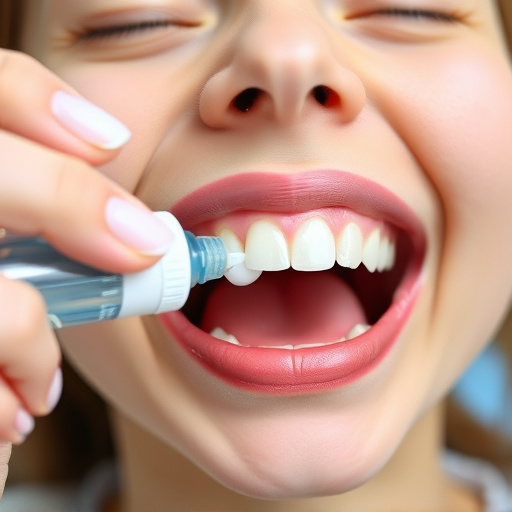
Occlusal adjustment, a precise dental procedure, involves correcting the way teeth fit together. This process is instrumental in achieving optimal bite alignment and jaw function, thereby promoting overall oral health. A step-by-step guide to effective occlusal adjustment techniques can be a valuable resource for both dentists and patients.
The first step begins with a thorough examination of the patient’s dentition and jaw structure. Digital X-rays and 3D scans aid in identifying misalignments and measuring the extent of the problem. Next, using specialized tools, the dentist carefully adjusts the occlusal surfaces of teeth to achieve the desired bite harmony. This may involve shaving down enamel or placing cosmetic fillings to level the biting surfaces. Preventive dentistry is at the core of this process, aiming to correct issues early to avoid future complications. For children’s dentistry patients, occlusal adjustment can help set them on a path toward lifelong proper jaw alignment and bite health.
Occlusal adjustment is a powerful tool for achieving proper bite alignment and enhancing overall oral health. By understanding the fundamental role of this technique in correcting jaw misalignments, we can recognize its significant impact on daily life and well-being. Following the step-by-step guide provided, individuals can take control of their dental health and experience improved comfort and functionality. Embracing occlusal adjustment as a game-changer in bite correction paves the way for a healthier, more balanced oral structure.








